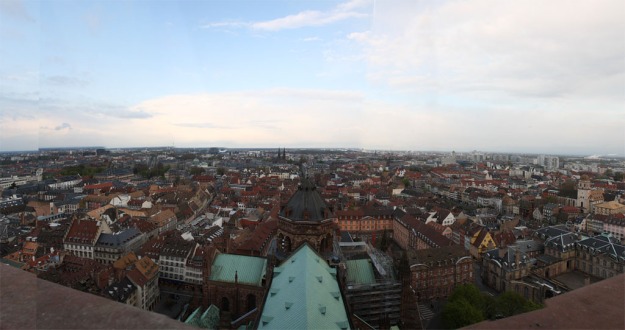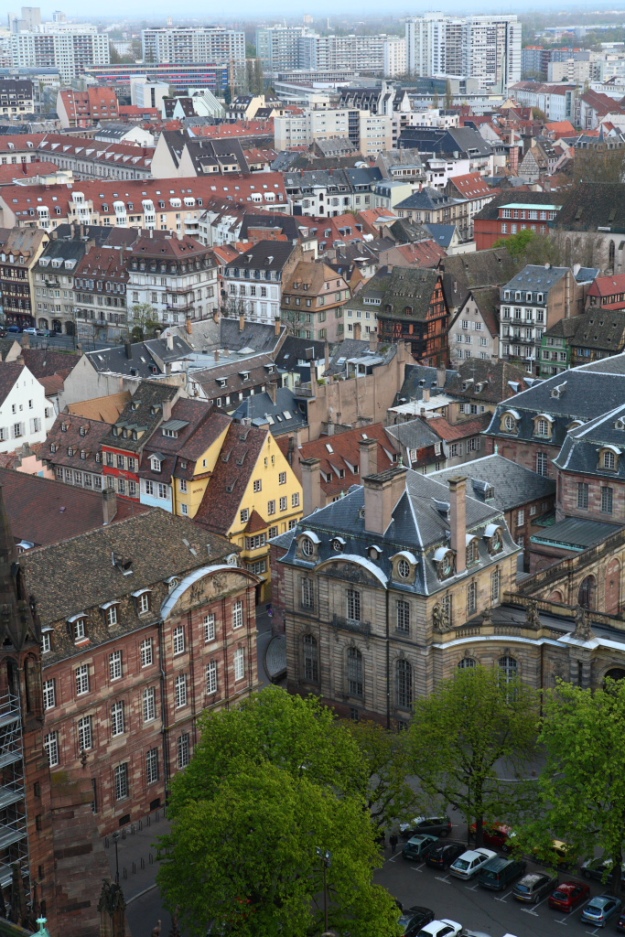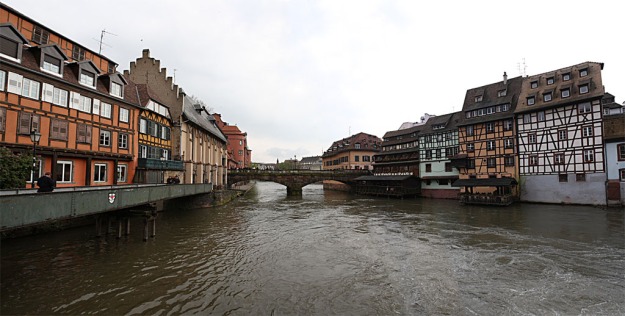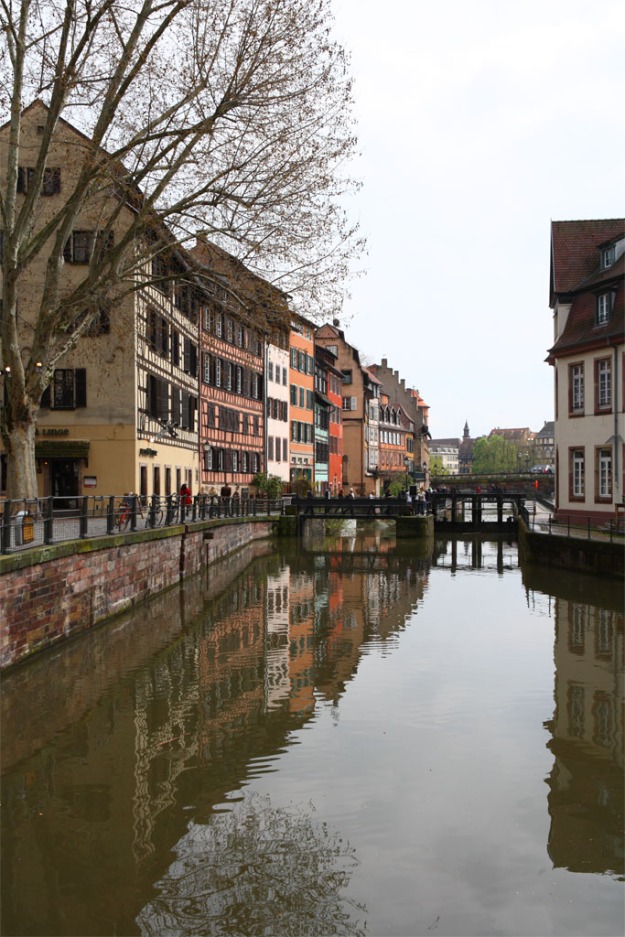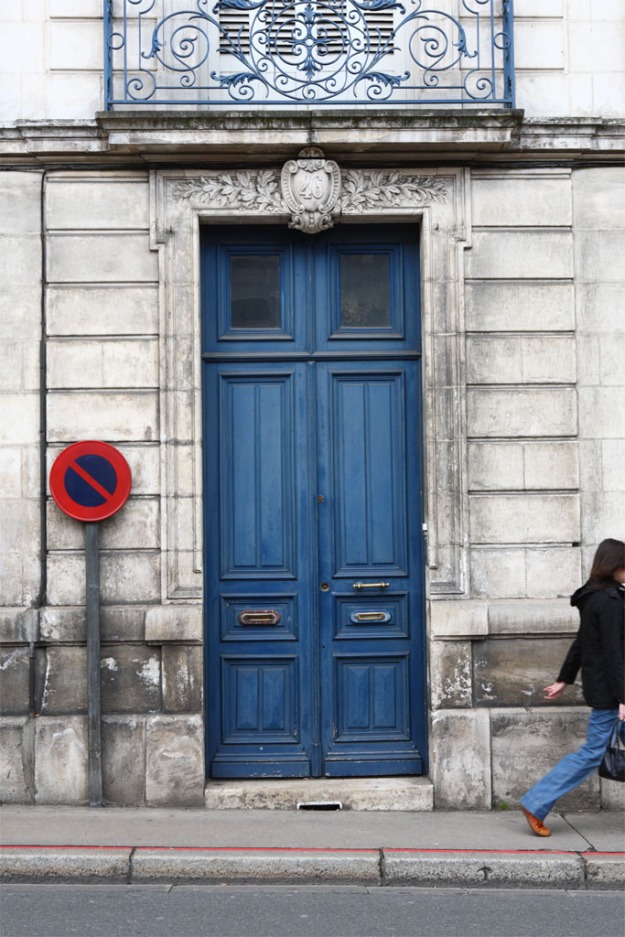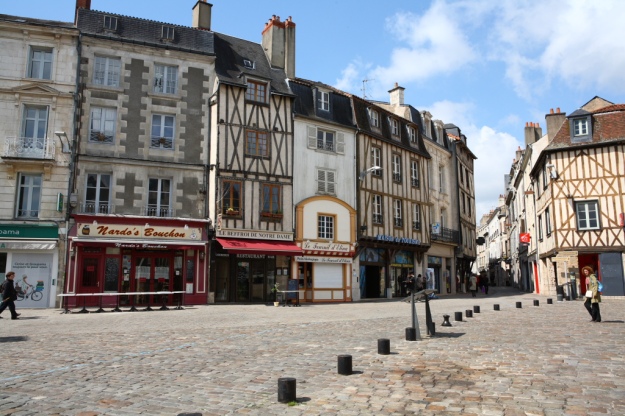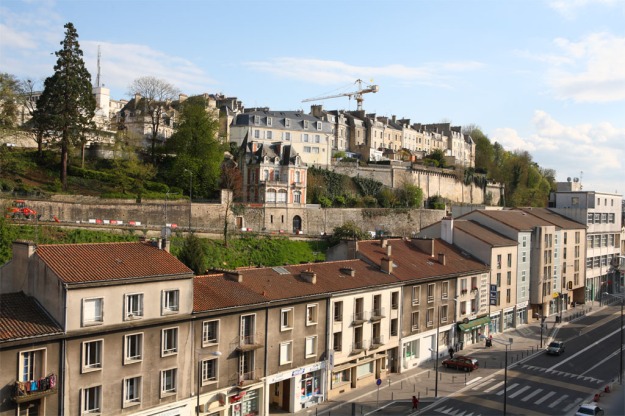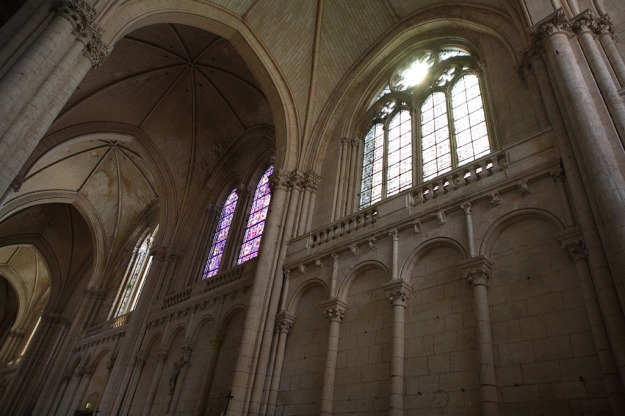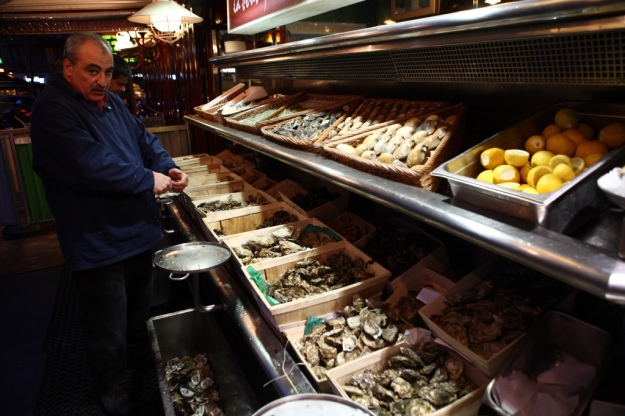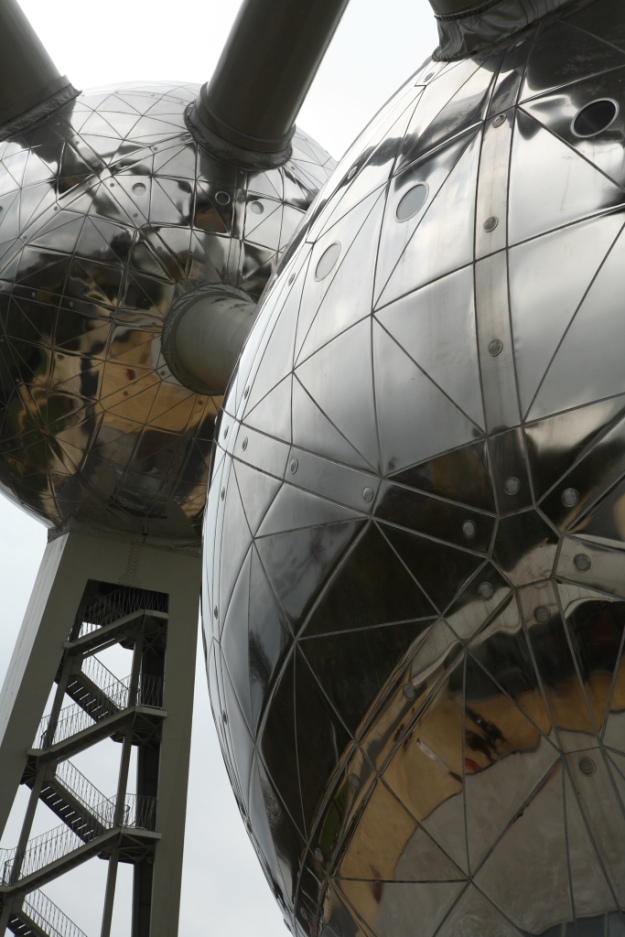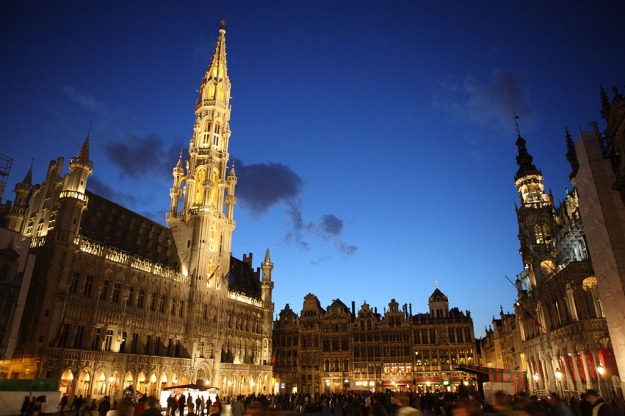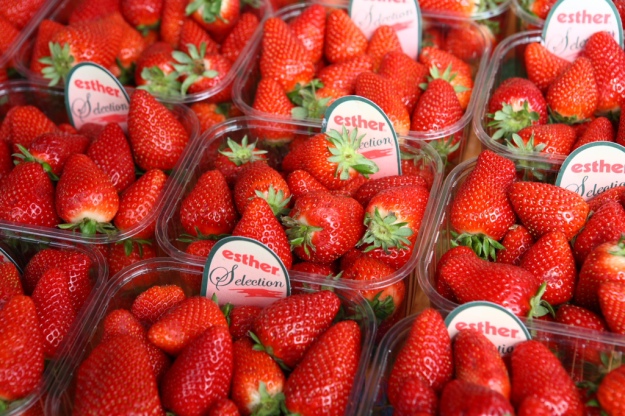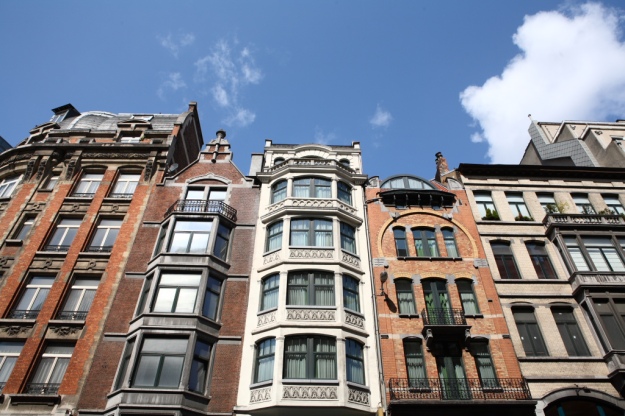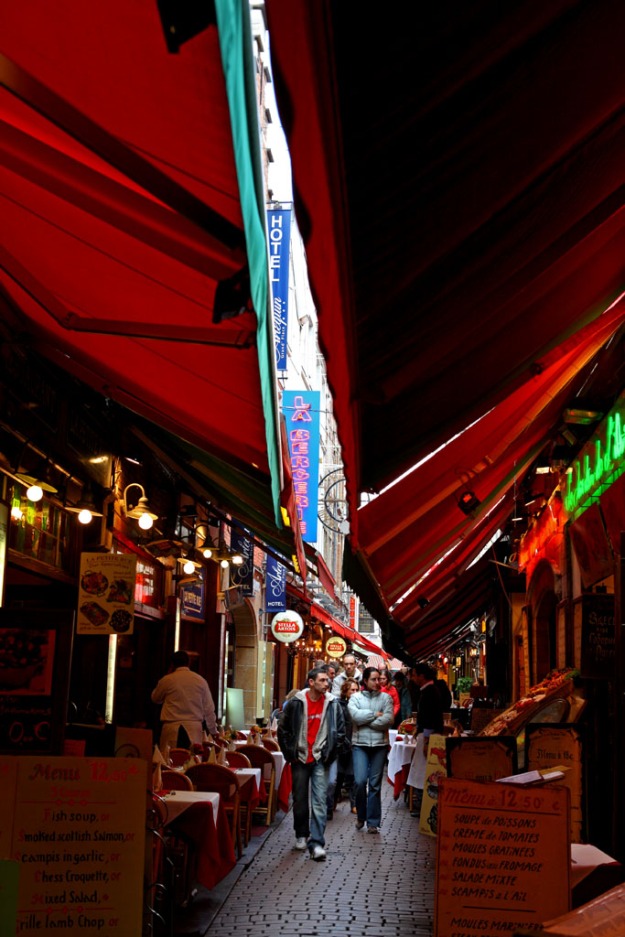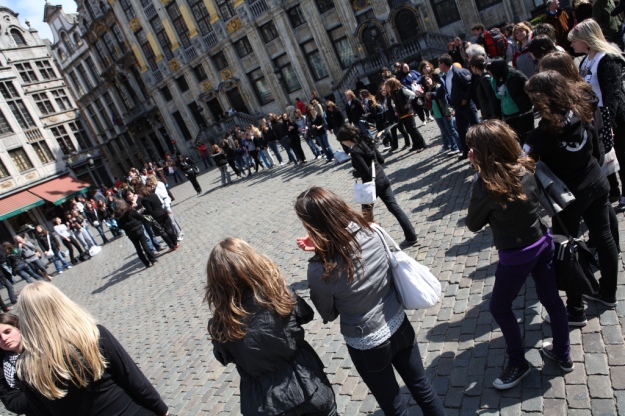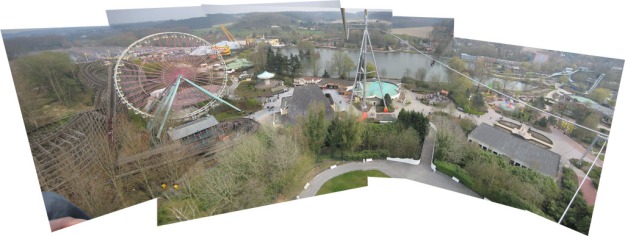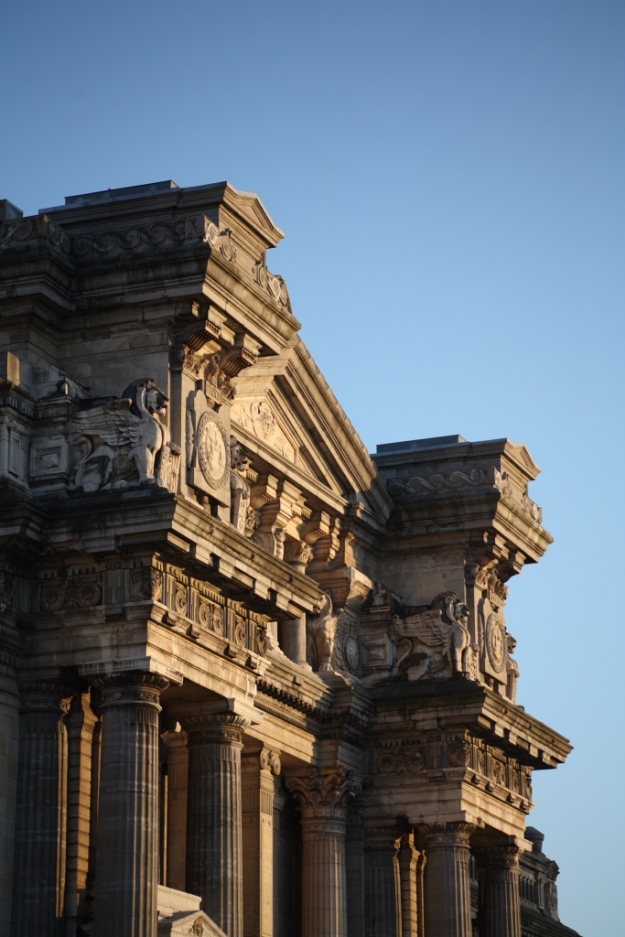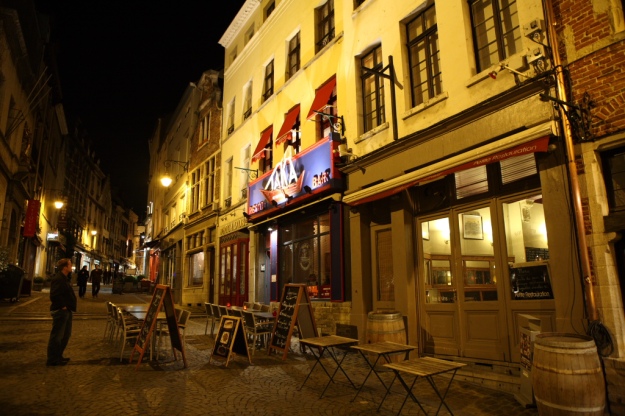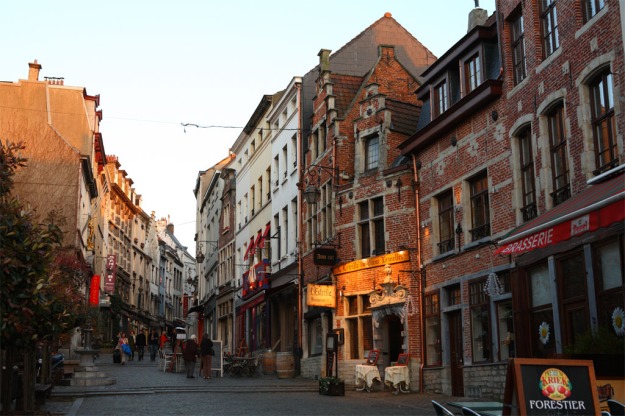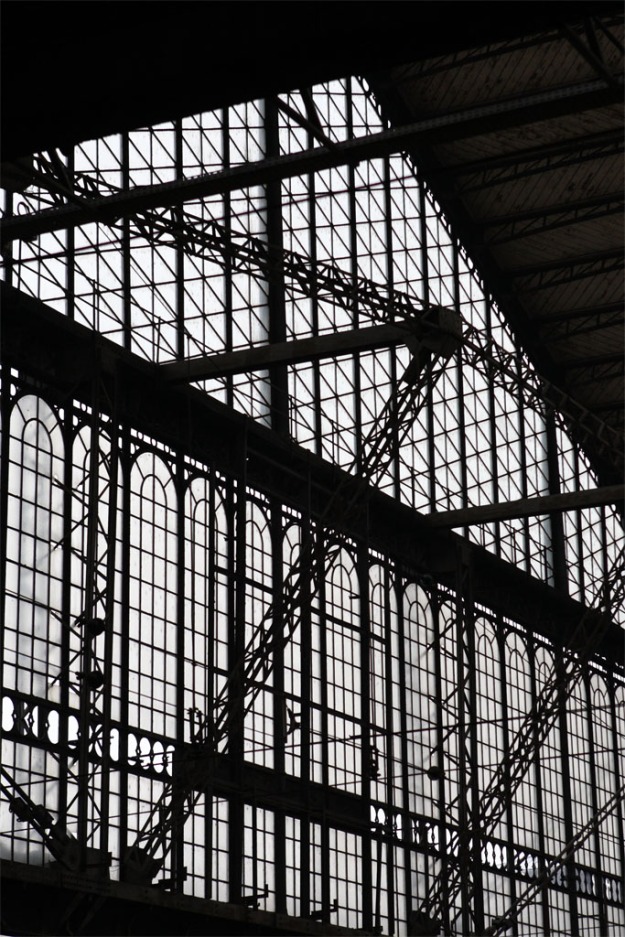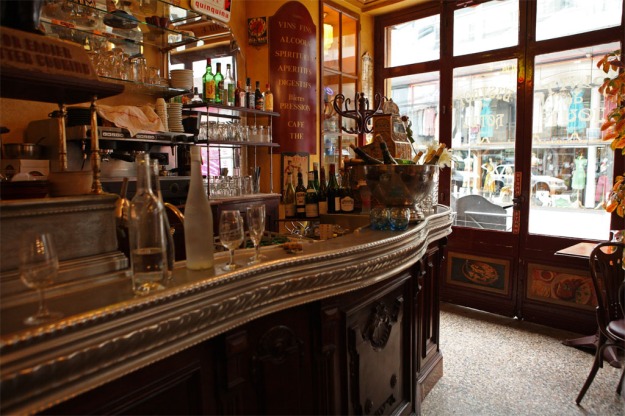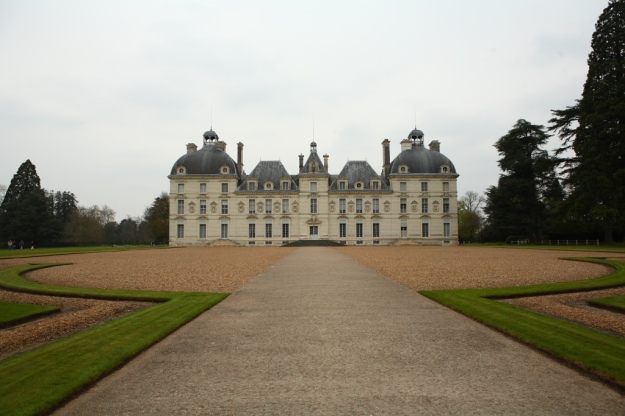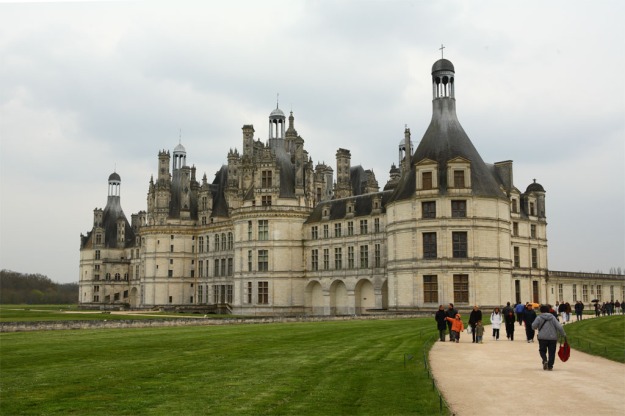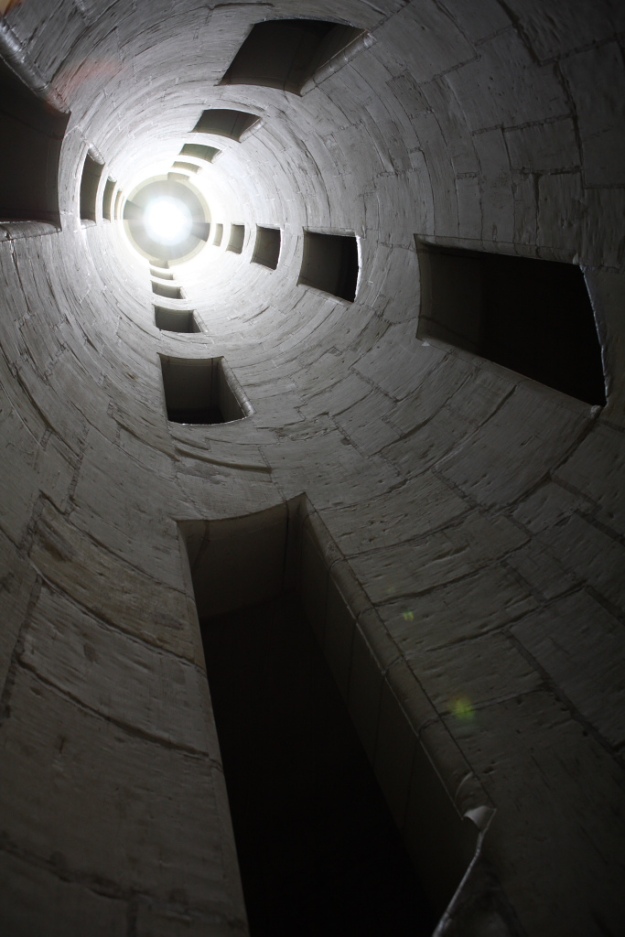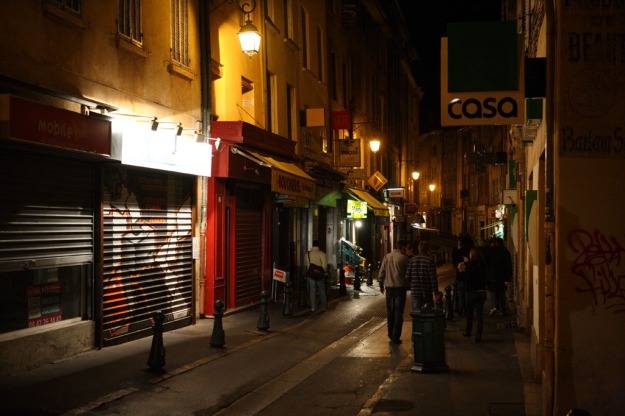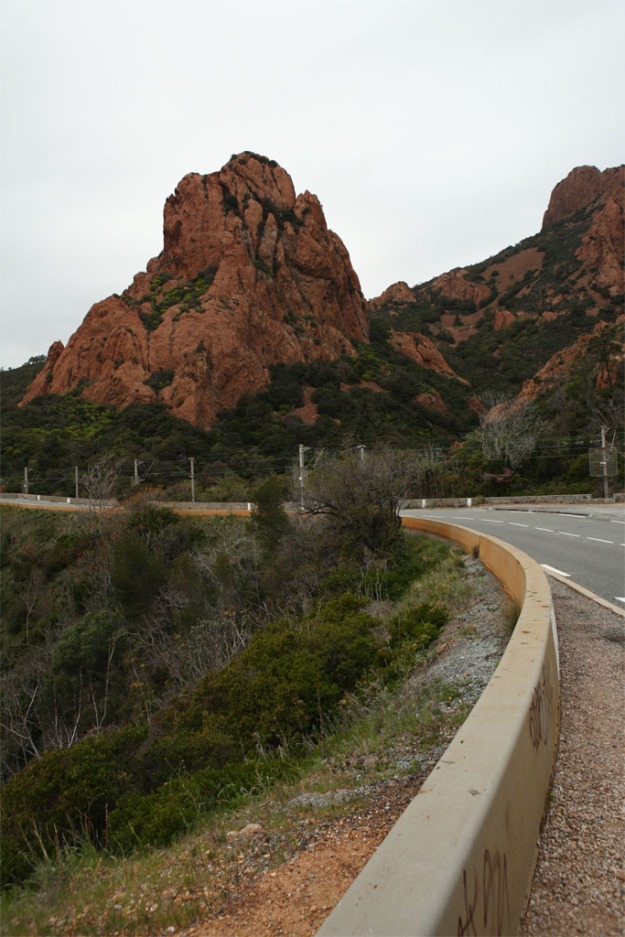
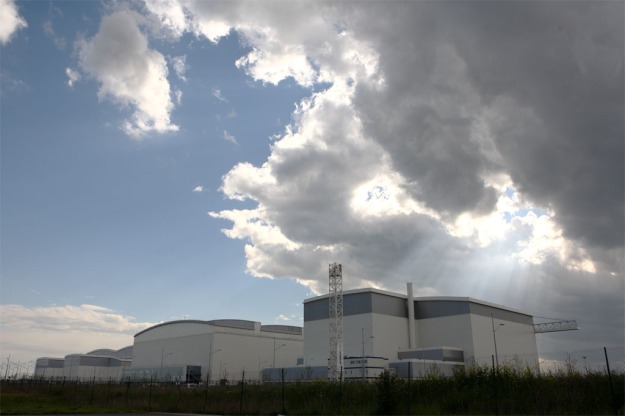

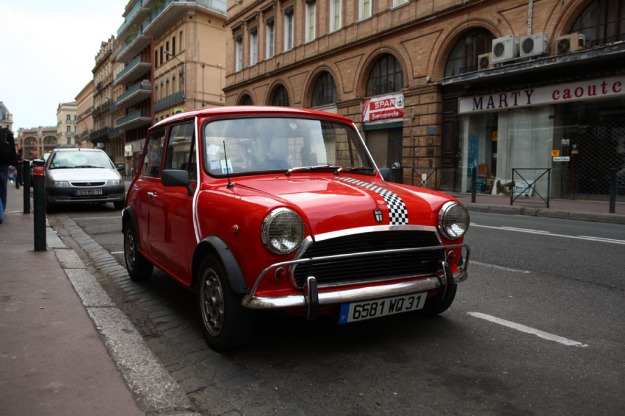


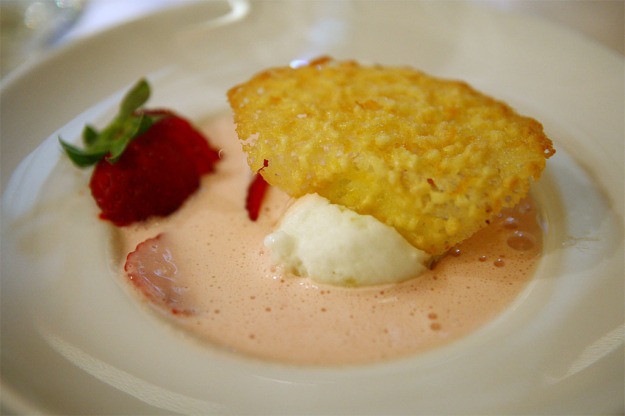
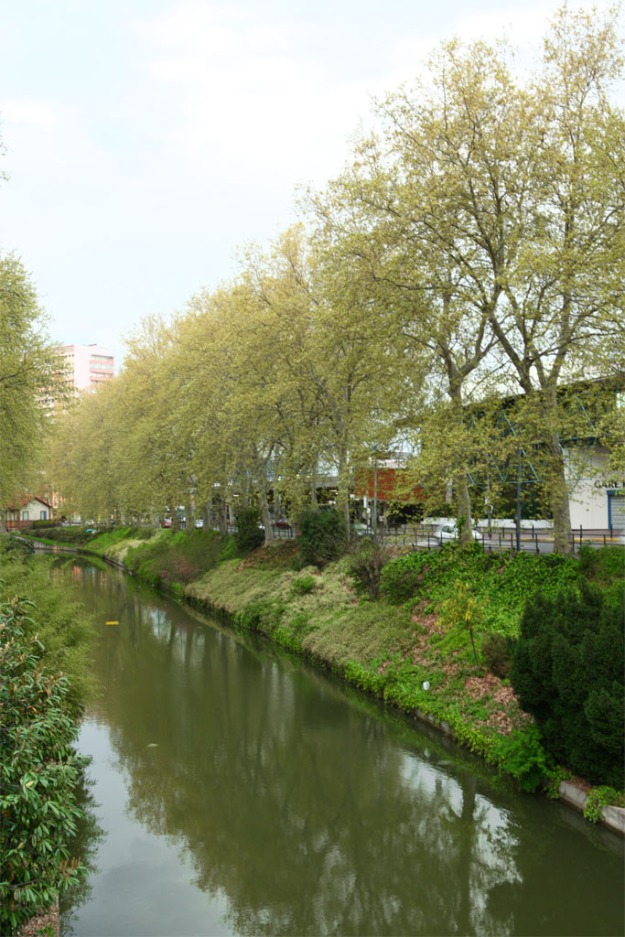
In high school, our French teacher showed us “A Year in Provence”, the telefilm made from the Peter Mayle book where a hurried executive from Britain decides to move to the south of France with his wife, learning presumably more about himself from his strange new surroundings and quirky neighbours. I couldn’t figure out if we were to learn about the French country life or that the teacher was trying to get out of a lesson plan for four periods.
Regardless, the film was undeniably charming, as well as the book, which I later borrowed from a friend to read. This morning as I found myself on a train to Toulouse, eating a croissant, I looked out the window onto the fields of Provence, thinking of what it would be like to live on a farm in the Provencal country side.
I kind of like waking up at the crack of dawn if given a specific task, such as getting on a plane to Copenhagen ordriving to a supermarket to time workers making muffins. Today I got up at the crack of dawn to get to the train station in Nimes. The place was deserted in the early morning save for a few passengers looking to get to distant destinations.
My destination was Toulouse, home of Airbus and it’s 17,000 workers on site. A coworker who is fascinated with airplanes suggested I visit the Airbus plant, since they offer a factory tour. Airbus is one of two major manufacturers of airliners, the other being Boeing. They build the famed A380, the world’s largest airliner, as well as the smaller A320, 330 and 340 models. Two tours were available today, one of A380 factory, the other of the A330/340 line.
The A380 tour began with a presentation of the control room used for the A380 test program. It isn’t the real control room, but they had all the video displays including the data telemetry which the guide explained to us. They showed various envelope pushing tests including stalling the giant $290 million plane and making it nearly fall out of the sky. The projection screens showed the engine throttles and artificial horizons as the plane started to lose lift.
We then took a drive around the site on a bus, reminiscent of when my parents took us to the Kennedy Space Center in Florida when we were kids. The crowd appeared to be a mixture of children who liked planes, adults who liked planes and bored others dragged to this unusual industrial complex in the outskirts of Toulouse to look at things like static engine test deflectors and logistics warehouses full of disembodied airplane parts.
Finally the bus wheeled up to the front of a giant building. Out in front was an A380, fuselage unpainted with only its tail in Emirates livery, waiting for avionics testing. Never having seen one, I was disappointed that it wasn’t as impressive as it appeared on television. The building on the other hand obsucred your entire field of with nothing but aluminum siding. It was immense. The guide walked us through explanations of how Airbus shared work between four European Union countries and how each part got delivered to the city, using ships, outsized transport planes and finally special trucks. They showed a video of trucks delivering giant wings through small villages, which apparently happens once every couple of weeks.
The big tour stop was going, perhaps eight stories, up to an observation deck in the building, overlooking the assembly hall for the A380. Three of these planes, one for Emirates, two for Qantas, were surrounded by platforms of workers and tools, jacks and rigs to construct this machine. It was a this point I realized how large the A380 was–A worker sat on the wing cleaning something up with a roll of paper towels. His blue coveralls were a small dot on the giant lime green wing, still unpainted. Underneath the plane was a two story building used to house the project office for each unit being built. The vertical tail itself was taller than my new four story townhome, a fact which is impressive on its own, until you consider a semi detached townhome doesn’t fly.
One couple on the tour was there to see their daughter who worked at Airbus. She mentioned that when you work there you often forget the scope of what they do. Apparently Airbus operates their own miniature airline to shuttle employees off to their other operational sites across the continent.
I wasn’t expecting much from the A330/340 tour, but it turned out to be much more interesting. Again we got onto the bus, but it took us out around the runway of Toulouse’s airport. As we drove along, one of the five test A380’s taxiied out onto the tarmac, and began its takeoff roll. The bus driver and guide sped to the far end of the runway so we could see it take off, quickly followed by a newly minted A330 being delivered to a customer in China. All of the audience, kids, bored parents and planespotters together cheered when the plane took off. By this time, another two Emirates A380’s had parked up in front of the assembly building.
As we drove along, two men in the bus were taking notes about the planes around the complex. I was a little concerned when they started writing down tailcodes and production serial numbers. I guess this was because the tour demanded we hand over all cameras before starting. I couldn’t figure out if they were anorak planespotters or inept industrial spies from a competitor.
The A330/340 assembly complex seemed even larger than the A380. In one hall, planes were worked on from all sides, both inside and out. In the other, the primary assembly of major components was carried out. As we watched, a completed A340 was rolled out in front of us, workers unlatching gates and watching for obstructions from the massive jig platform underneath as a tractor towed the massive plane forward and out through the open hangar door. In the meantime, we could see the various pieces of the next plane being herded into staging positions. An empennage (rear tail cone) waited to stage right, a midsection was being lassoed by an overhead crane, and as if on cue, a nose piece was being backed in on a flatbed. Two horizontal stablizers were already in place to the left and a vertical tail sat alone on the far right. It was like a Lego plane, except each hundred foot long part was several million dollars. If we had stayed another hour, we would have seen the raw assembly, though it takes apparently six days to finish the assembly before it’s carted off to the next hall for fitting and wiring.
The tour guide was really good, albeit in French. I often give tours of our lab to bored teenagers, enterprise customers and new customer service recruits, and I try hard to answer every question appropriately. The guide for Airbus Visit answered questions from little kids such as what the planes were named (good question) and how colours were picked as well as from airplane hobbyists who tossed out questions about ETOPS certifications and twin engine performance. I was also surprised how interested French children are about airplanes.
This evening I went back to Toulouse for dinner. I walked along the streets of this city, which appears to be young and vibrant. I found a restaurant and went inside, finding myself to be the only patron. Empty restaurants worry me, after watching several seasons of Gordon Ramsay’s Kitchen Nightmares. However, the staff assured me this was normal as the people of Toulouse like to eat later. I ordered a ravioli with gorganzola as a starter, local fish as a main, and a strawberry “soup” for dessert. And the minute the appetizer was served, people literally started pouring in. The fish was grilled and served with chorizo sausage and tomatoes on top, along side was risotto framed in a ring mold and some vegetables. It was a full house when I left. I regret not ordering their local house specialty, the Cassoulet. It is a terrine of some sort and when other tables received theirs it looked good.
In a way, the Europe I’ve seen shows two faces: One of age old customs and beautiful locales; the other is the forward facing, sans serifed typefaces of modern industry. I’m happy I saw both these past few days. As the sun came down, the people of Toulouse came out. Unlike Nimes and Nice, Toulouse was awake with energy at 9PM. I walked back to the train station to board the Corail Lunea service, a sleeper train back to Paris.



